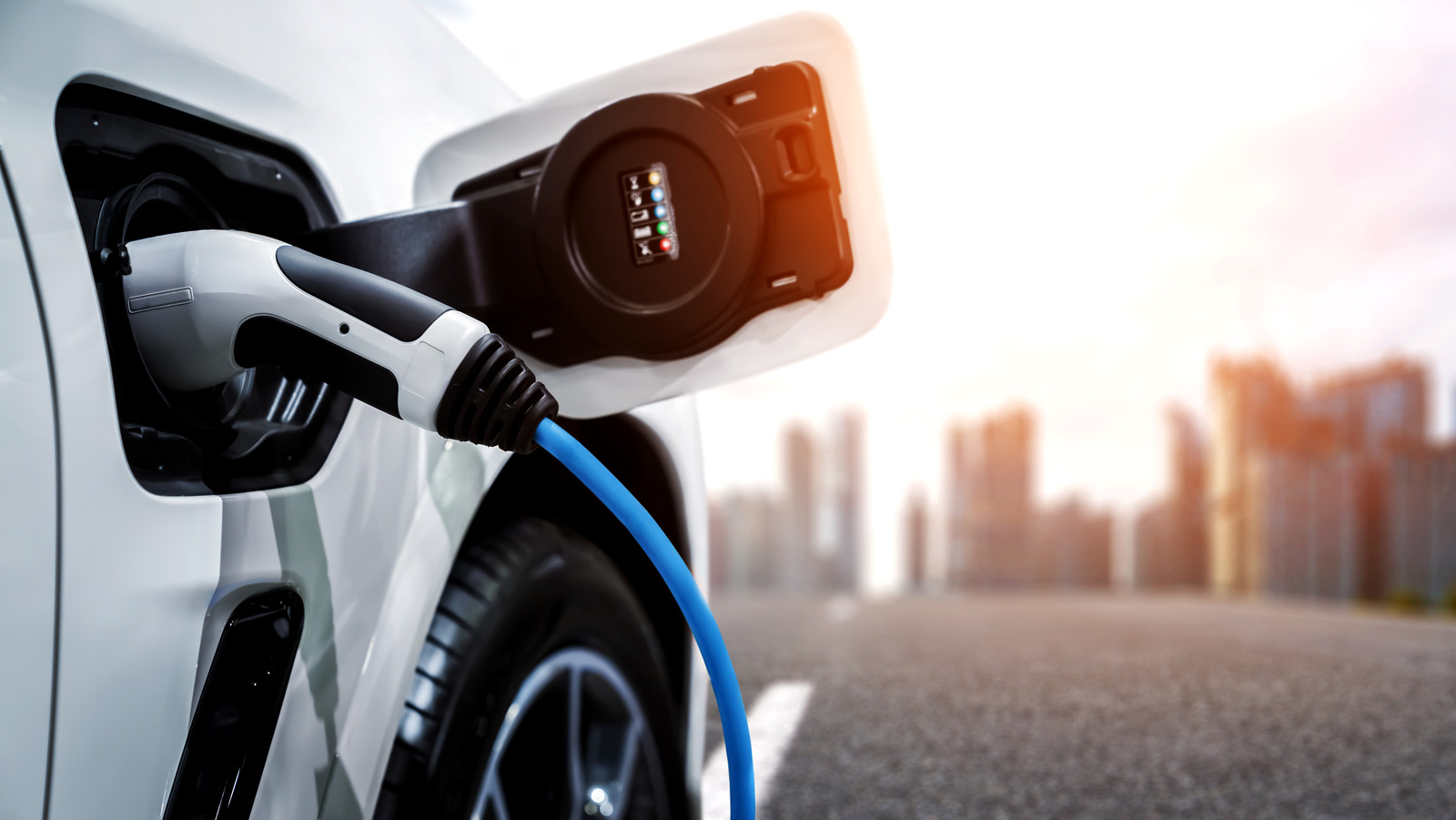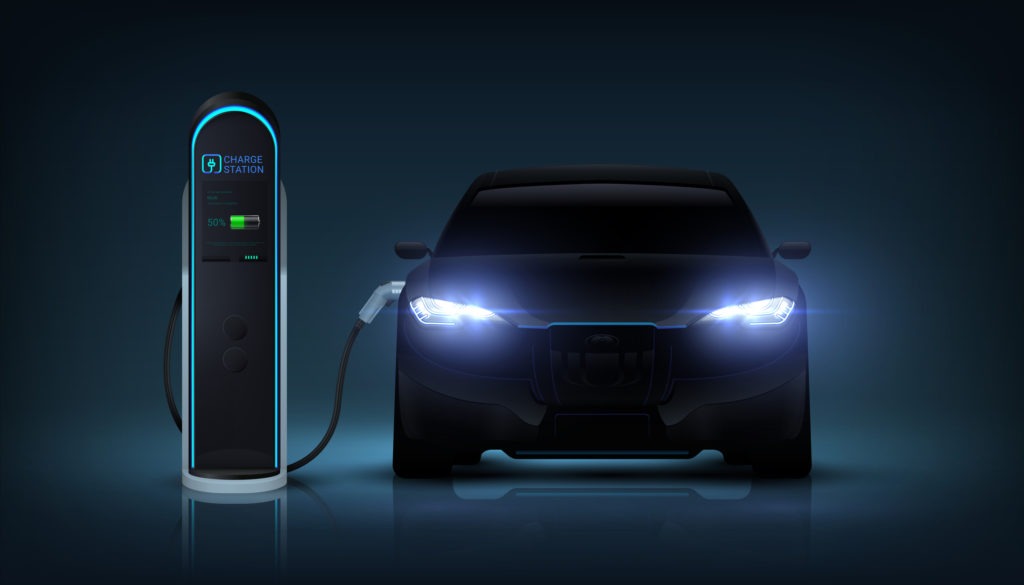As the world moves towards a more sustainable and environmentally friendly future, electric vehicles (EVs) have emerged as a viable solution to reduce carbon emissions and dependence on fossil fuels. With the growing popularity of EVs, the need for efficient and accessible charging infrastructure is paramount. In this blog post, we will delve into the current state of EV charging in Australia, explore various types of chargers, discuss their benefits and limitations, and provide insights into the future developments and advancements in the EV charging industry. Whether you are an EV owner, an industry professional, or simply curious about the future of transportation, this guide aims to equip you with the knowledge and understanding necessary to navigate the rapidly evolving landscape of EV chargers in Australia.
Table of Contents
What Is The Current State of EV Charging in Australia?
The current state of EV charging in Australia is characterised by a rapidly expanding infrastructure network and increasing adoption of electric vehicles. Over the past few years, the Australian government, in collaboration with private companies and local communities, has been actively working towards enhancing the accessibility and reliability of charging stations across the country.
One of the key developments in Australia’s EV charging landscape is the establishment of public charging networks. Numerous companies, such as Chargefox, Evie Networks, and Tesla Superchargers, have been deploying high-speed charging stations along major highways, in shopping centres, and at popular destinations. These networks offer a range of charging speeds, including fast chargers capable of delivering up to 350 kW, significantly reducing charging time for EV owners.
Additionally, several states and territories in Australia have introduced their own initiatives to support EV adoption and charging infrastructure. For instance, the Australian Capital Territory (ACT) has implemented a comprehensive plan to expand the number of charging stations, offering subsidies to businesses and homeowners for installing EV chargers. Similarly, New South Wales has launched the “Electric Vehicle Charging Masterplan,” outlining strategies to develop a state-wide charging network.
In terms of charger types, Australia predominantly uses the Type 2 (Mennekes) connector for AC charging, while the CCS2 (Combined Charging System) and CHAdeMO connectors are prevalent for DC fast charging. These connectors are compatible with a wide range of electric vehicles, providing flexibility to EV owners.
Despite these advancements, challenges still exist. The availability of charging stations in remote areas and the charging speed in some locations remain areas of improvement. However, the Australian government and industry stakeholders are actively addressing these issues through targeted investments and collaborations.
Overall, the current state of EV charging in Australia is promising, with an expanding network of charging stations and a supportive regulatory environment. As the demand for electric vehicles continues to grow, it is expected that the charging infrastructure will further develop and mature to meet the needs of EV owners across the country.
The Various Types of EV Chargers That Are Available
There are several types of EV chargers available, each offering different charging speeds and capabilities. Here are the main types of EV chargers commonly found:
- Level 1 Chargers (AC): Level 1 chargers, also known as trickle chargers, provide the slowest charging speed. They typically use a standard household outlet (120 volts) and are most suitable for overnight charging at home. Level 1 chargers deliver power at a rate of about 2-5 miles of range per hour of charging, making them convenient for daily commuting or for vehicles with smaller battery capacities.
- Level 2 Chargers (AC): Level 2 chargers offer faster charging speeds compared to Level 1 chargers. They require a 240-volt power source, similar to what is used for electric dryers or kitchen appliances. Level 2 chargers can provide charging rates of 10-30 miles of range per hour, depending on the vehicle and charger capacity. These chargers are commonly installed at homes, workplaces, and public locations, such as shopping centres or parking lots.
- DC Fast Chargers (DC): DC fast chargers, also known as Level 3 chargers, are the fastest charging option currently available. They utilise direct current (DC) to charge the vehicle’s battery, bypassing the onboard AC charger. DC fast chargers can provide charging rates of 60-350 miles of range per hour, significantly reducing charging times. These chargers are typically found along highways, major travel routes, and in urban areas. Common connector types for DC fast charging include CCS (Combined Charging System) and CHAdeMO.
- Tesla Superchargers: Tesla has its proprietary Supercharger network designed specifically for Tesla vehicles. Superchargers are DC fast chargers capable of delivering high charging rates, providing Tesla drivers with rapid and convenient charging options. These chargers are primarily found at Tesla Supercharger stations strategically located across various countries, including Australia.
It’s worth noting that the availability of different charger types may vary depending on the region and charging infrastructure in a particular area. However, efforts are being made to standardise charging connectors and make charging stations compatible with multiple EV models, promoting interoperability and convenience for EV owners.
As technology advances and the demand for EVs continues to rise, new charger types and faster charging solutions are being developed, offering even more efficient and convenient charging options for electric vehicle users.
What Does The Future of EV Charging in Australia Hold?
As Australia continues its journey towards a greener and more sustainable future, electric vehicles (EVs) are playing an increasingly prominent role in reducing carbon emissions and promoting clean transportation. To support the widespread adoption of EVs, an efficient and robust charging infrastructure is crucial. Here,let’s explore what the future holds for EV charging in Australia, focusing on the advancements in technology, the expansion of charging networks, and the vital role that EV charger installation experts will play in shaping this transformative landscape.
1. Technological Advancements in EV Charging:

The future of EV charging in Australia will witness significant technological advancements, aimed at making charging faster, more convenient, and accessible to a broader range of EV owners. These advancements include:
- a) Ultra-fast Charging: The development of ultra-fast charging technologies, such as 350 kW charging stations, will drastically reduce charging times and provide EV drivers with more convenience and flexibility during their journeys.
- b) Vehicle-to-Grid Integration: The concept of Vehicle-to-Grid (V2G) technology will gain traction, allowing EVs to not only consume electricity but also feed surplus power back into the grid when needed. This bidirectional energy flow will enhance the overall stability and reliability of the electricity grid.
- c) Wireless Charging: Inductive and wireless charging technologies will become more prevalent, enabling EVs to charge without the need for physical connectors. This hands-free charging method will further enhance convenience and reduce the barriers to EV adoption.
2. Expansion of Charging Networks:
The future of EV charging in Australia will witness a significant expansion of charging networks, both in urban areas and along major highways. This expansion will be driven by collaborations between government bodies, private companies, and EV charger installation experts. Key developments include:
- a) Nationwide Charging Infrastructure: Efforts will be made to establish a robust and interconnected nationwide charging network, ensuring that EV owners can easily access charging facilities regardless of their location. This will involve the installation of charging stations in residential areas, workplaces, public spaces, and other strategic locations.
- b) High-Speed Charging Corridors: Australia’s major highways will be equipped with a comprehensive network of high-speed charging stations, enabling long-distance travel without range anxiety. These charging corridors will be crucial in facilitating intercity and interstate EV travel.
- c) Integration with Renewable Energy Sources: The future of EV charging will see a closer integration with renewable energy sources, such as solar and wind power. This synergy will contribute to the overall sustainability of EV charging and further reduce carbon emissions associated with transportation.
3. The Role of EV Charger Installation Experts:
EV charger installation experts will play a pivotal role in shaping the future of EV charging in Australia. Their expertise and technical knowledge will be instrumental in:
- a) Design and Installation: EV charger installation experts will ensure the efficient and safe installation of charging infrastructure in various locations. They will conduct site assessments, manage electrical load calculations, and design charging solutions tailored to the specific needs of the site and EV owners.
- b) Upgrading Existing Infrastructure: As the demand for EVs grows, existing electrical infrastructure may need to be upgraded to accommodate increased charging demands. EV charger installation experts will assess the capacity of the electrical systems and make necessary upgrades to support the charging infrastructure.
- c) Maintenance and Repairs: Regular maintenance and prompt repairs will be essential to ensure the reliability and safety of charging stations. EV charger installation experts will be responsible for conducting routine inspections, addressing any faults or malfunctions, and keeping the charging infrastructure operational.
Conclusion
In conclusion, the future of electric vehicle (EV) charging is poised for remarkable growth and innovation. As the demand for EVs continues to rise, the charging infrastructure in Australia will undergo significant advancements to meet the evolving needs of EV owners. With ultra-fast charging technologies, vehicle-to-grid integration, and wireless charging on the horizon, the future of EV charging holds the promise of faster, more convenient, and sustainable charging solutions. The expansion of charging networks, both in urban areas and along major highways, will ensure widespread access to charging facilities, enabling seamless travel and reducing range anxiety. EV charger installation experts will play a crucial role in designing, installing, upgrading, and maintaining the charging infrastructure, ensuring its safety, efficiency, and reliability. As Australia embraces a greener future, this comprehensive guide serves as a valuable resource for understanding and navigating the ever-evolving landscape of EV chargers. By staying informed and embracing the advancements in EV charging, we can collectively drive the transition to a cleaner and more sustainable transportation system.





